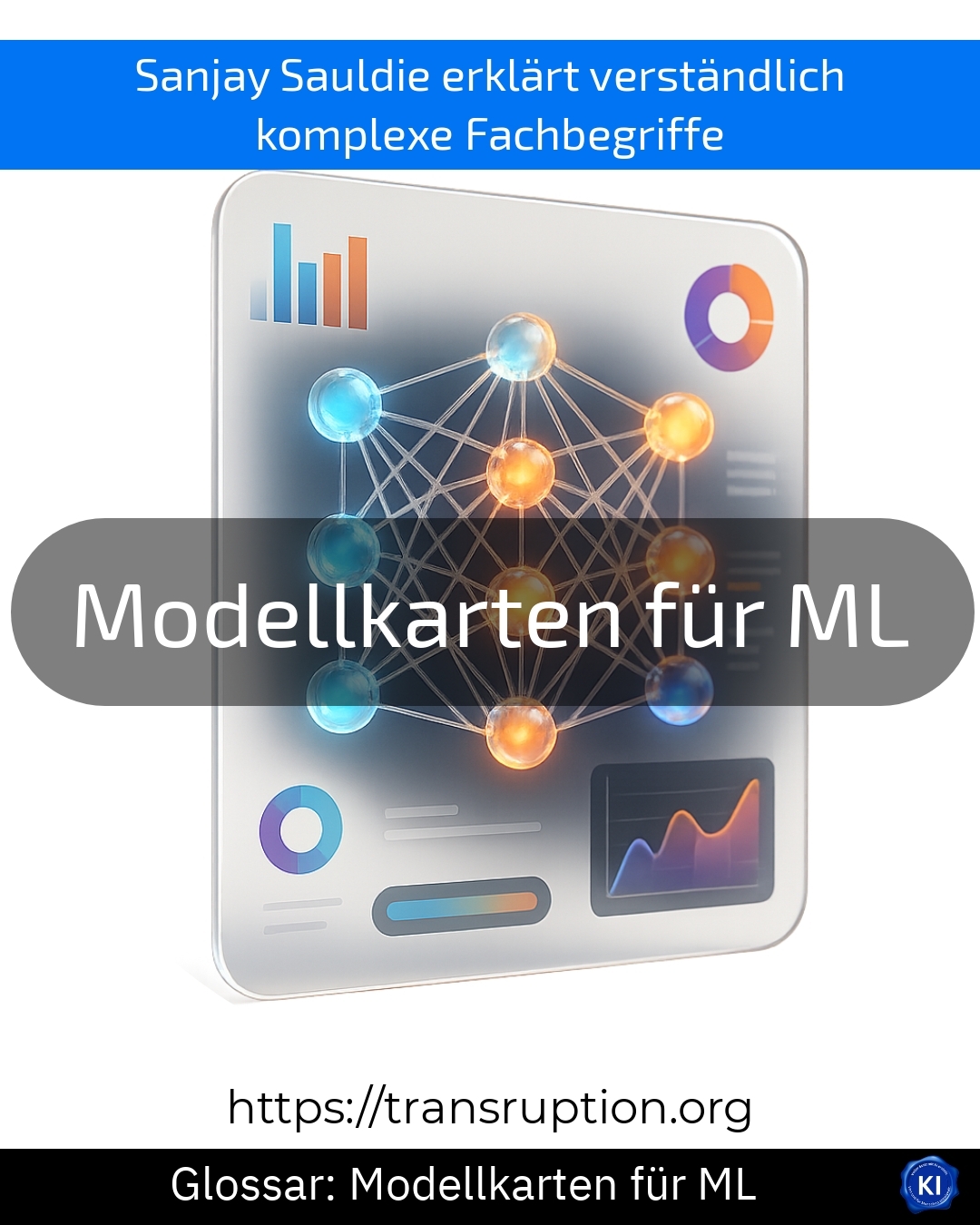The term "model maps for ML" is particularly at home in the fields of artificial intelligence, big data, smart data and digital transformation. Model maps help to make machine learning models (ML models) more comprehensible and transparent for developers, decision-makers and users.
A model map is something like an instruction leaflet for an AI model. It contains important information about how the model works, what it is intended for, what data it uses and where it has limitations. This enables companies or authorities to better assess whether a model is suitable for their purpose and where problems might arise.
An illustrative example: a city administration uses an AI model to predict traffic flows. The associated model map explains that the model was primarily trained on data from main roads. As a result, those responsible know that predictions for secondary roads may be less reliable.
Model maps for ML thus promote fairness and transparency, as they help to recognise sources of error and unexpected effects at an early stage. They are an important tool for creating trust in artificial intelligence, especially in the course of digital transformation.















